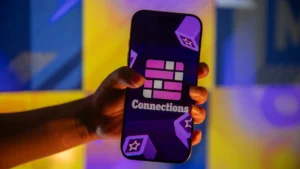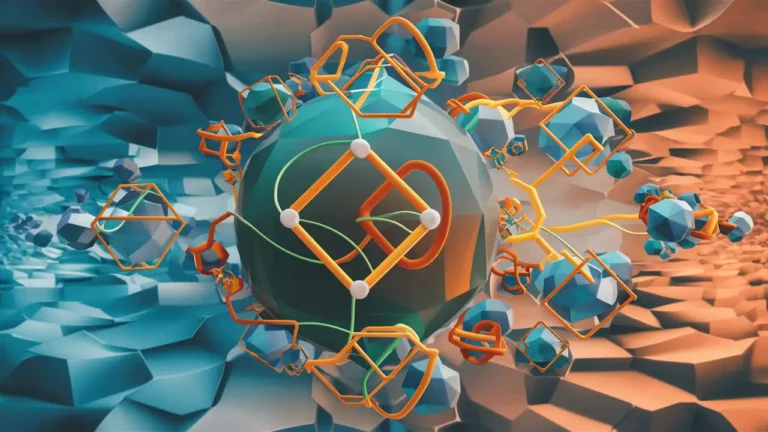Introduction
More and more people are becoming fans of word games due to The New York Times Connections puzzle. Each day, players try to classify 16 words into 4 groups that share a common aspect.
The difficulty is in figuring out how the words correlate with each other and finding plausible connections within a limited number of tries.
In this piece, you will find the best hints and answers for today’s Connections puzzle, as well as guidance for developing your own strategies. These tips are useful regardless of your skill level and will help you become an efficient player.
Mashable Connections Hint for Today
For people looking for some direction, here they are some hints of today’s puzzle that are vague enough to not give out the answer:
- Yellow Group (Easiest): These words pertain to something that is often seen in black and white.
- Green Group (Moderate): These words in the group are each other’s anagrams.
- Blue Group (Challenging): The words in this set are frequently paired with U.S. Presidents.
- Purple Group (Hardest): Think of common phrases that include the word “clear as.”
We recommend that the reader not stop here and go on to uncover everything that follows.
Read More: Durostech Software Updates | For Better Performance and Security
Connections Answers for Today
Here are the answers for today’s puzzle split by difficulty colors:
Yellow Group: Black-and-White Things
Chessboard
Piano Keys
Soccer Ball
Zebra
Green Group: Anagrams
Listen
Silent
Enlist
Tinsel
Blue Group: U.S. Presidential Nicknames
Ike (Dwight D. Eisenhower)
JFK (John F. Kennedy)
Tricky Dick (Richard Nixon)
The Gipper (Ronald Reagan)
Purple Group: Clear as ___
Day
Mud
Crystal
Bell
Identifying all the groups requires a certain way of looking at these sets of words as each group follows a specific pattern. Some clues might be obvious, however arriving at some other clues requires an advanced analytical approach.

Strategies For Solving Connections Puzzles
Below are some conseils that could enhance your performance and increase the speed you solve puzzles at.
Look for Obvious Pairs First
Once you see two words that seem easily affiliated, completing the remaining grouping is less complicated.
Consider Multiple Meanings
A single word can have different meanings. In order to discover connections that appear to be invisible, looking in all directions is beneficial.
Think Thematically
Some puzzles focus on categories like colors, professions or pop culture. Being open usually helps find solutions faster.
Apply the Process of Elimination
Focus on arranging the groups with the remaining words. Words that do not fit in any category should be put aside for the time being.
Practice Makes Perfect
The more puzzles you attempt, the better you become at spotting word patterns and relationships.

Final Thoughts
Today’s Connections puzzle was quite entertaining while also being multifaceted. Players had to critically analyze all the information and creatively associate words to complete the tasks.
Players are encouraged to make use of hints, analyze word relationships, and combine smart solving methods to improve their cognitive skills and enjoy the game more.
With daily practice, anyone can develop the skill of making appropriate connections with relative ease. Challenge yourself by continuing to play and in no time, completing these puzzles will feel effortless.
Read More: NYT Connections hints today: Clues, answers for March 25, 2025
FAQs
1. What is the aim of the NYT Connections puzzle?
The aim is to categorize 16 words into four groups, each with its own shared link or its corresponding theme.
2. How are the levels of difficulty categorized?
The groups are color defined: yellow for the easiest, green, blue, and purple for the hardest.
3. Are there hints provided for Connections puzzles on a daily basis?
Absolutely, there are numerous hints provided every day to aid players in completing the puzzle.
4. Which strategies are the most helpful for solving Connections puzzles?
Effective approaches include identifying pairs that stand out, looking at several definitions, approaching the problem systematically, and eliminating incorrect options.
5. May solving Connections puzzles improve cognitive abilities?
Indeed, playing word games on a routine basis increases vocabulary and enhances logical and pattern recognition skills.
